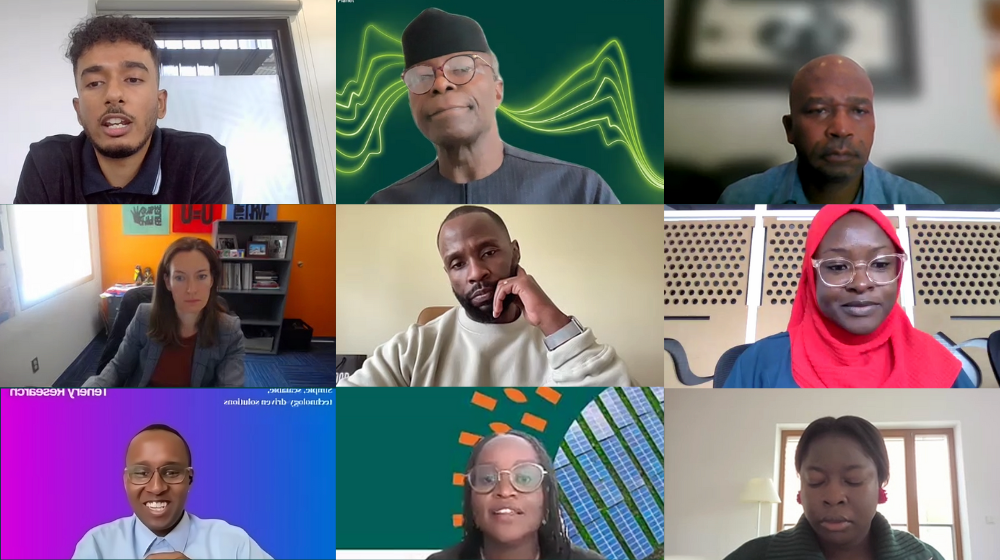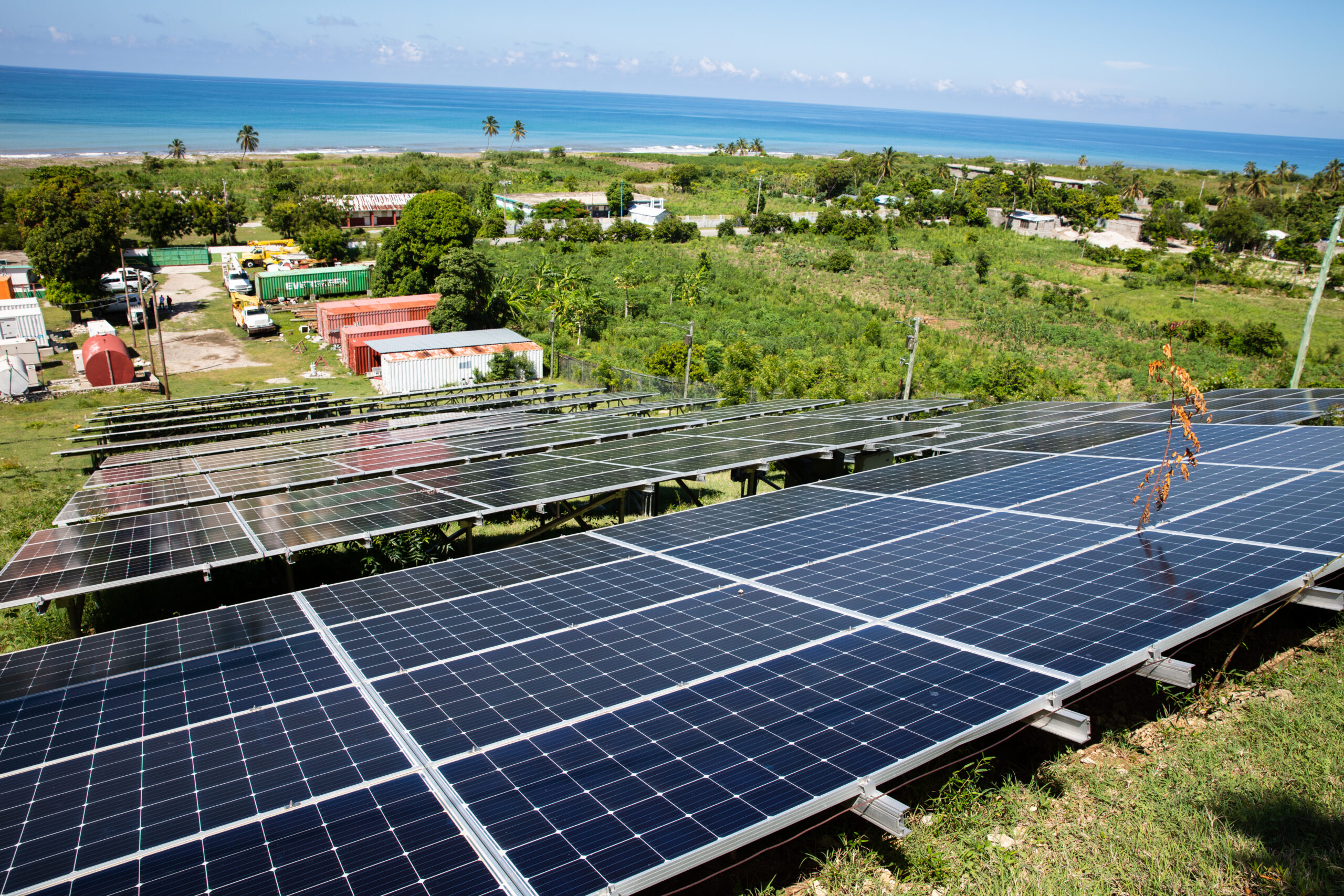How We’re “Alliancing” to Change Energy for Good

Despite meaningful progress to advance the energy transition in more developed markets, the pace of change in emerging markets remains too slow for the 3.6 billion people still without sufficient access to life-changing energy.
The challenges of scaling up renewables in these countries are vast: from underdeveloped regulatory and investment environments, to insufficient access to technology and right-fit financing, the list can go on. Combine this with navigating the complex layers of organisational systems, geographic diversity, and multifaceted networks among those trying to shift the system, and we find ourselves in a diffused and overwhelming solution soup.
Collaboration and strengthening global partnership, Sustainable Development Goal 17, is often touted as a critical ingredient to overcoming “grand challenges” such as this. We agree. But while we know that we need to partner, how do we do it well?
This is the question we posed to each other as we collaboratively built the Global Energy Alliance for People and Planet (GEAPP), now a coalition of 50+ partners: What can we do differently so that together we can reduce carbon, increase access, enhance livelihoods, and mobilize the trillions of investment dollars required to change the energy system for those who need it most?
“Alliancing” is our collective response – a synergistic approach where multiple partners act in concert to pool resources, knowledge and influence, to create irresistible momentum towards irreversible change. It’s a dynamic reimagining of complexities not as barriers, but as opportunities for innovation and collaboration. Inspired by the concept of bricolage, alliancing can be visualised as a woven fishnet with each partner represented by a knot, in contrast to the hub-and-spoke visualisation of traditional partnership models.

Three ways we’re Alliancing
We cut our teeth over nearly three years of experimenting across diverse organisations operating in vastly distinct contexts – including the disappointments and frictions that come with the territory. So far, here’s what we’ve learned works:
- Collaborate beyond coordination. We are transcending traditional coordination modalities where individually led activities are mapped and connected, to embrace a strategy of tightly focused joint initiatives with an explicit and mutually agreed set of achievable targets, clear roles, contributions and shared leadership. We’re particularly proud of the BESS Consortium, which brings together financial, technical, regulatory and delivery capabilities from across the network and more, to collectively build and capitalise an initial pipeline of 5GW of battery energy storage systems (BESS) across multiple countries. Starting with a first cohort of diverse countries allows the network to quickly scale learning from simultaneous experiences: for example, the first-ever BESS regulatory approval in India, and regionalizing platform approaches based on learnings from Vietnam.
- Embrace distributed, ecosystem leadership. Our Alliance thrives on the diversity and strength of our partners and the networks each brings, or as one of our partners calls this: “fishnets upon fishnets.” Alliancing enables us to target the vastness of these overlapping networks around partner-led lighthouses such as the Accelerated Partnership for Renewables in Africa, the Global e-Cooking Coalition, and the World Bank and African Development Bank’s mission to connect 300 million people to electricity, creating focal points where layers of our combined networks can direct their resources, expertise and mobilisation power. Coalescing around lighthouses helps build ecosystem coherence rather than diffusion, while enabling those best positioned to take the lead. It allows us to integrate resources across boundaries, and create mutually reinforcing loops.
- Design partnerships for project resilience. The sector is dynamic and more nascent markets such as those the Alliance works in are particularly exposed to macro-economic and political challenges, and higher execution risk. This demands resilience and adaptability not just in the way we design projects, but in the way we cultivate the partnerships necessary to deliver them. Fostering a culture of respect, reciprocity, a collaborative culture and shared accountability is a de-risking strategy in itself. After all, a “fishnet” is better able to bounce back, more so than a chain fully dependent on every link. This was the case in a number of our ambitious joint initiatives. While some alliance partners worked on resolving headwinds that threatened to derail projects, other partners continued to advance the work to “hold the line.” This strategy works – we’re proud to say the Universal Energy Facility and the DREAM Initiative, among others, are now moving up the next stage of implementation or scale. We’re excited to integrate the same principles to a universal energy access coalition the Alliance is forming in Latin America.
A work in progress
Transitioning to an alliancing mindset requires us to break free from partnering-as-usual, and it hasn’t come easy. As an Alliance, we are not immune to the challenges of multi-sectoral collaboration, which is further amplified by our geographic breadth and diversity and the complexity of the energy transition. But we are steadfast in our shared goal of shifting to a more equitable and thriving world powered by renewables, and alliancing is how we will get this done.
It is a journey and we are still on our way. As we ‘alliance’ more intentionally, we are learning what works and what doesn’t, and are beginning to craft evidence-backed models that leverage the power of the collective to turn the tide on energy at the speed and scale needed to avert carbon, increase access and power livelihoods.
What has become abundantly clear is that while catalytic capital is a crucial asset, the true heart and value of our Alliance lies in weaving the sum of our parts to become resilient, focused and committed. Commitment to the mission, we have found, is a necessary but insufficient condition: the secret sauce is the commitment to helping each other succeed. By embracing alliancing, we are changing not only the energy sector, we are redefining what’s possible through the strength of collective will.
With many thanks to Demetrio Soto-Martinez (SEforALL) and Christopher Foley (PowerAfrica) for their invaluable contributions to this thinking.





